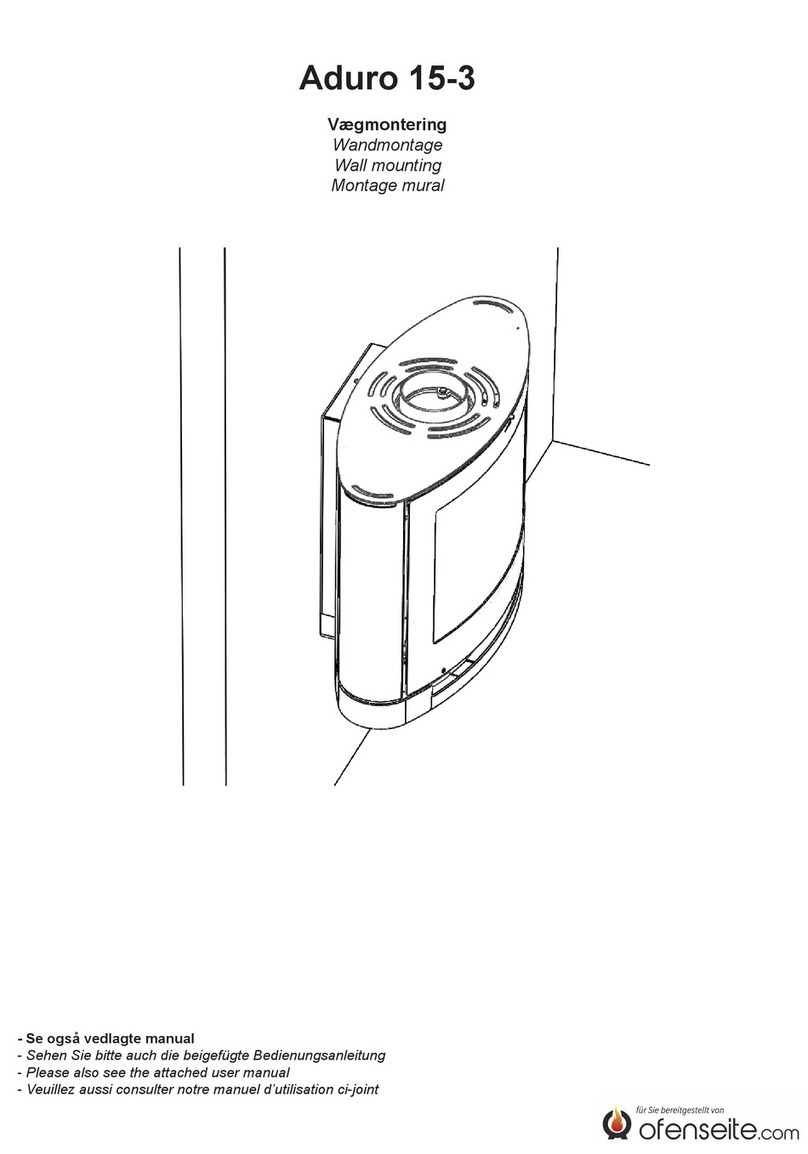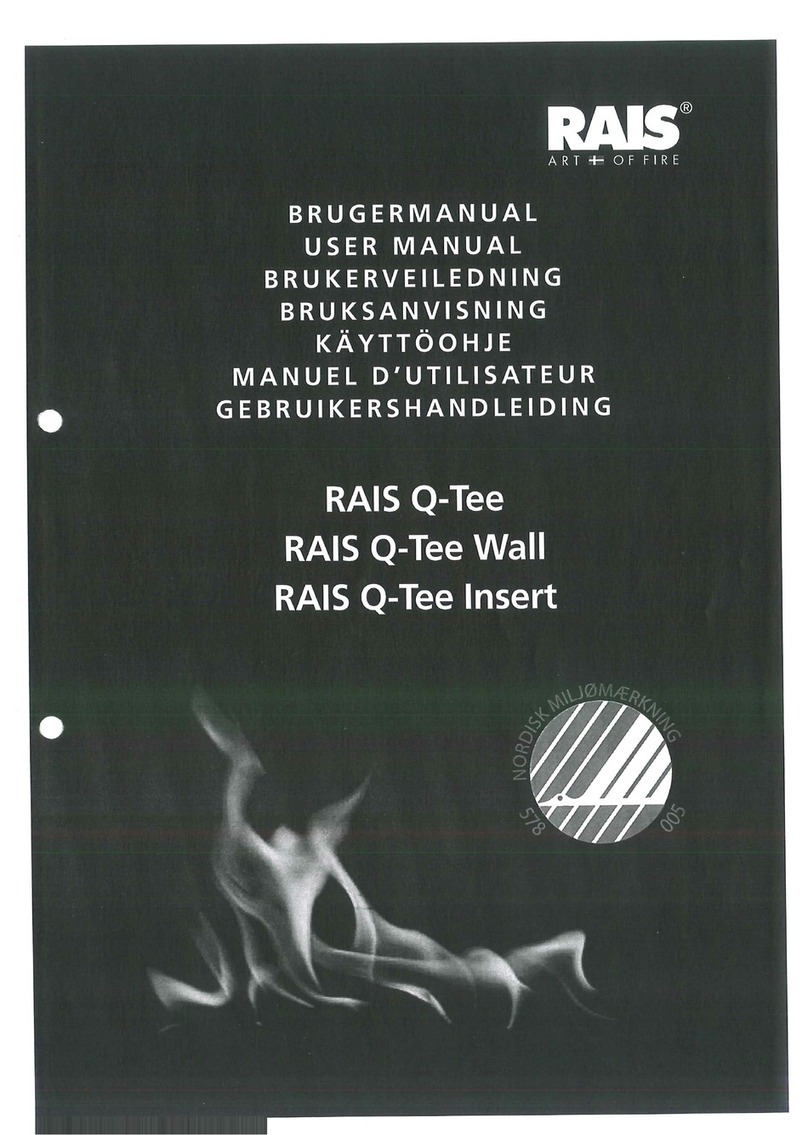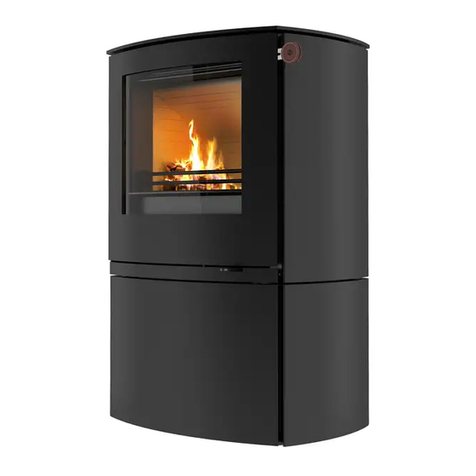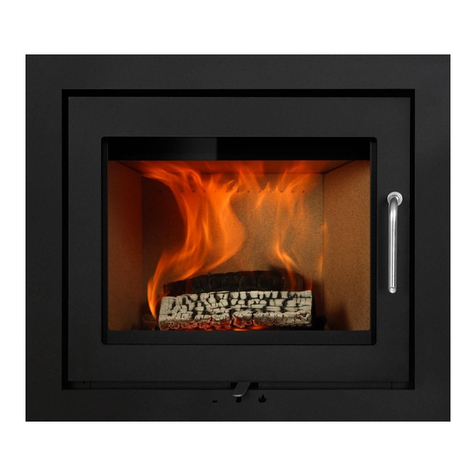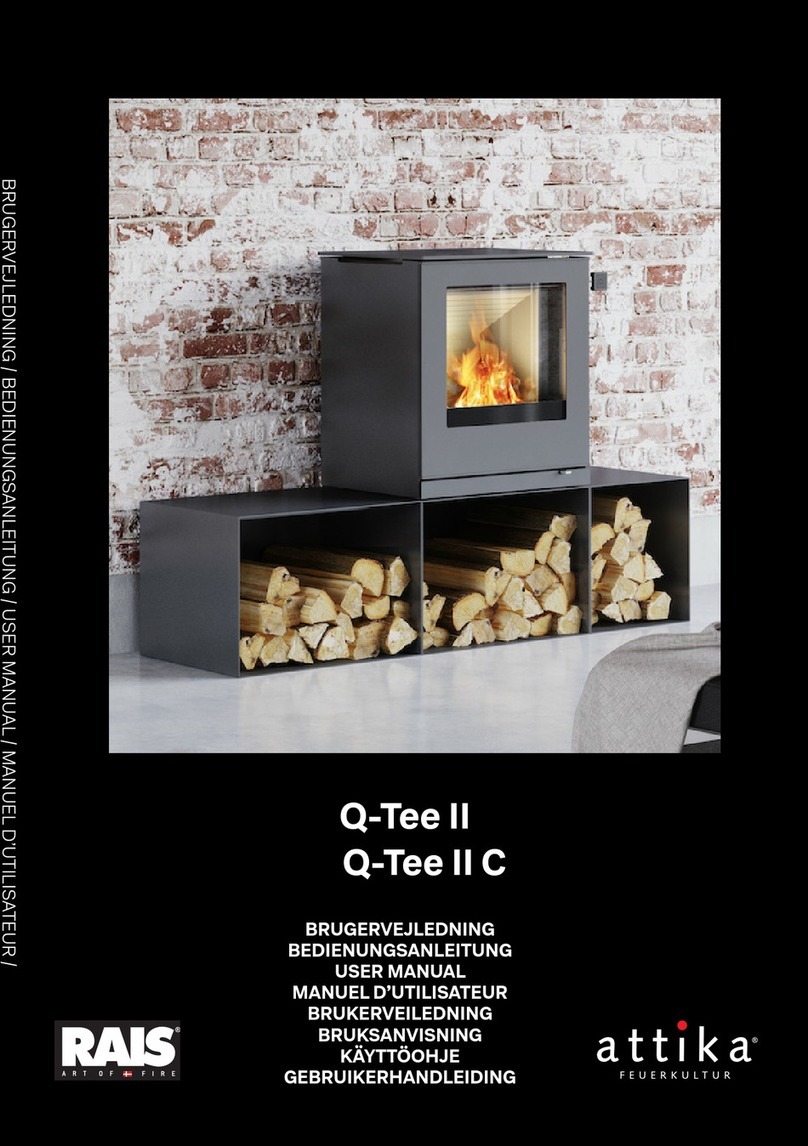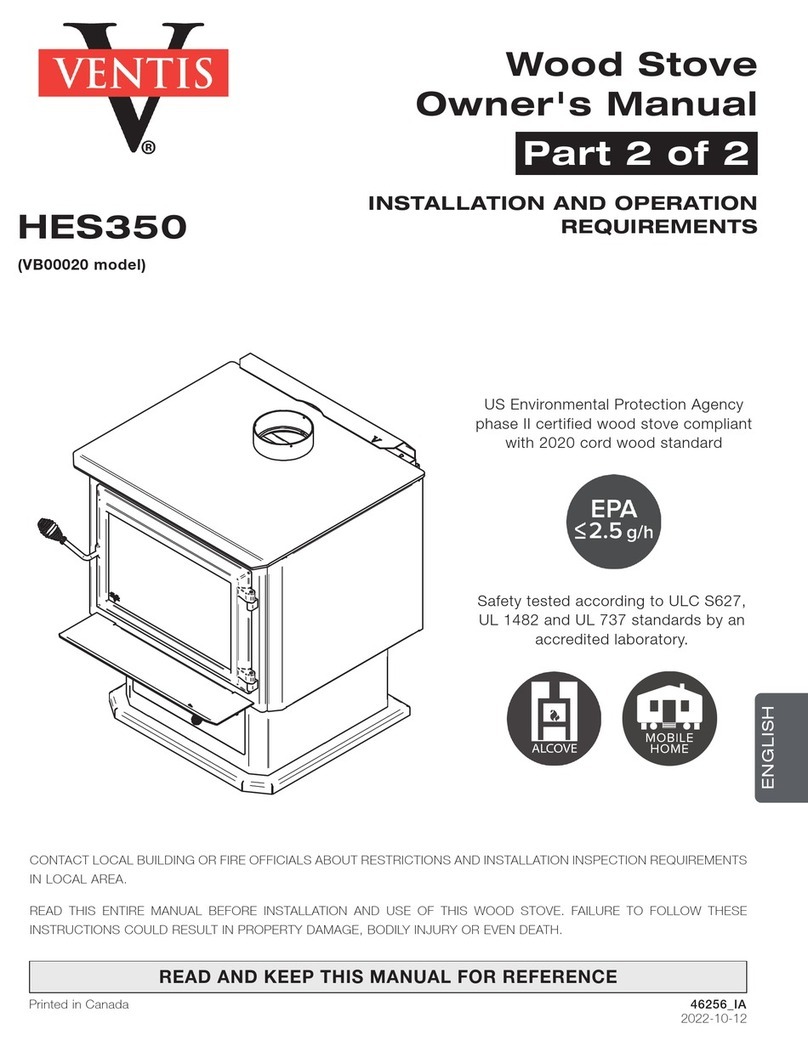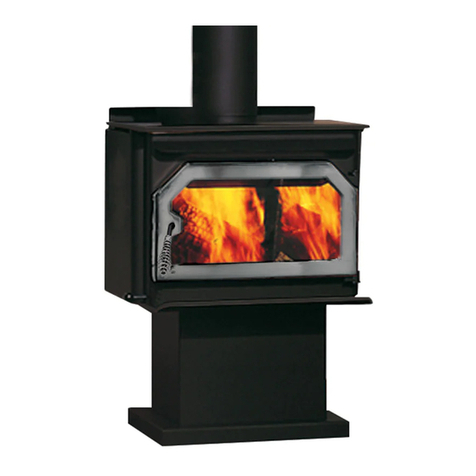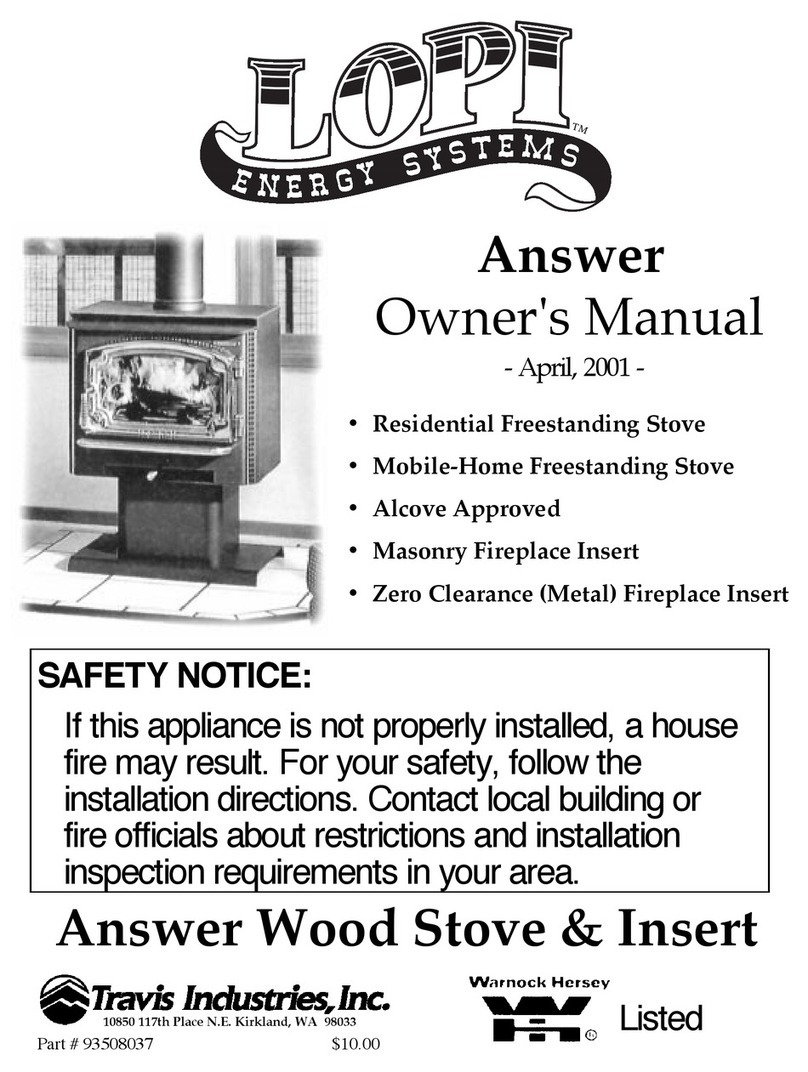
3
Q-Tee II INSERT USA
: #0138WN016S, 0138WS016E
: 0
: 10-12-2020
US
OMNI report no.
Revision
Date (DMY)
INTRODUCTION ................................................ 4
WARRANTY ..................................................... 4
SPECIFICATIONS ............................................... 5
WARNING ...................................................6
CONVECTION ................................................... 6
GLASS AND REPLACEMENT OF GLASS ..........................6
INSTALLATION .................................................. 7
DIMENSIONAL DRAWINGS .....................................8
SPACE REQUIREMENTS ......................................10
MINIMUM DISTANCES TO CUMBUSTIBLE MATERIAL ................11
ASSEMBLY INSTRUCTIONS ...................................... 12
FLOOR PROTECTION.........................................14
REMOVAL OF THE FIREPLACE FOR INSPECTION .................15
CHANGE OF CHIMNEY CONNECTION ...........................16
LABEL / NAMETAG ...........................................17
FIREWOOD .................................................... 19
DRYING AND STORING.......................................19
ADJUSTING THE COMBUSTION AIR.............................20
USING THE STOVE ............................................. 21
ADJUSTING THE AIR CONTROL ................................. 21
CONTROL ..................................................22
FIRST FIRE .................................................... 22
LIGHTING AND STOKING ........................................ 23
FUEL CAUTION ..............................................25
CARE AND MAINTENANCE ...................................... 25
MAINTAINING THE INSTALLATION ................................. 26
CLEANING THE SMOKE/BAFFLE SYSTEM ......................... 27
DISPOSAL OF ASHES.........................................28
TROUBLE SHOOTING .......................................... 29
SPARE PARTS.................................................. 30




